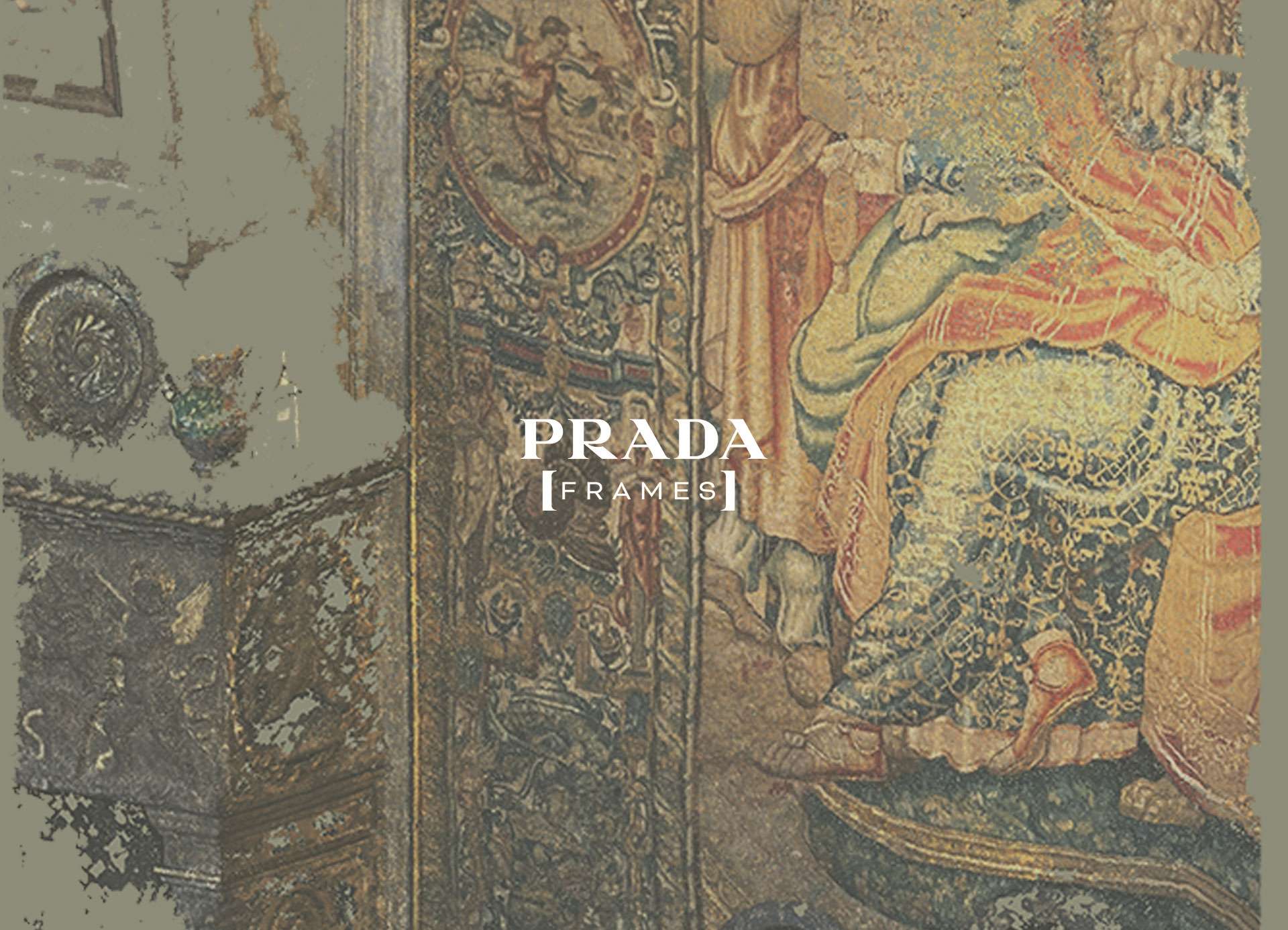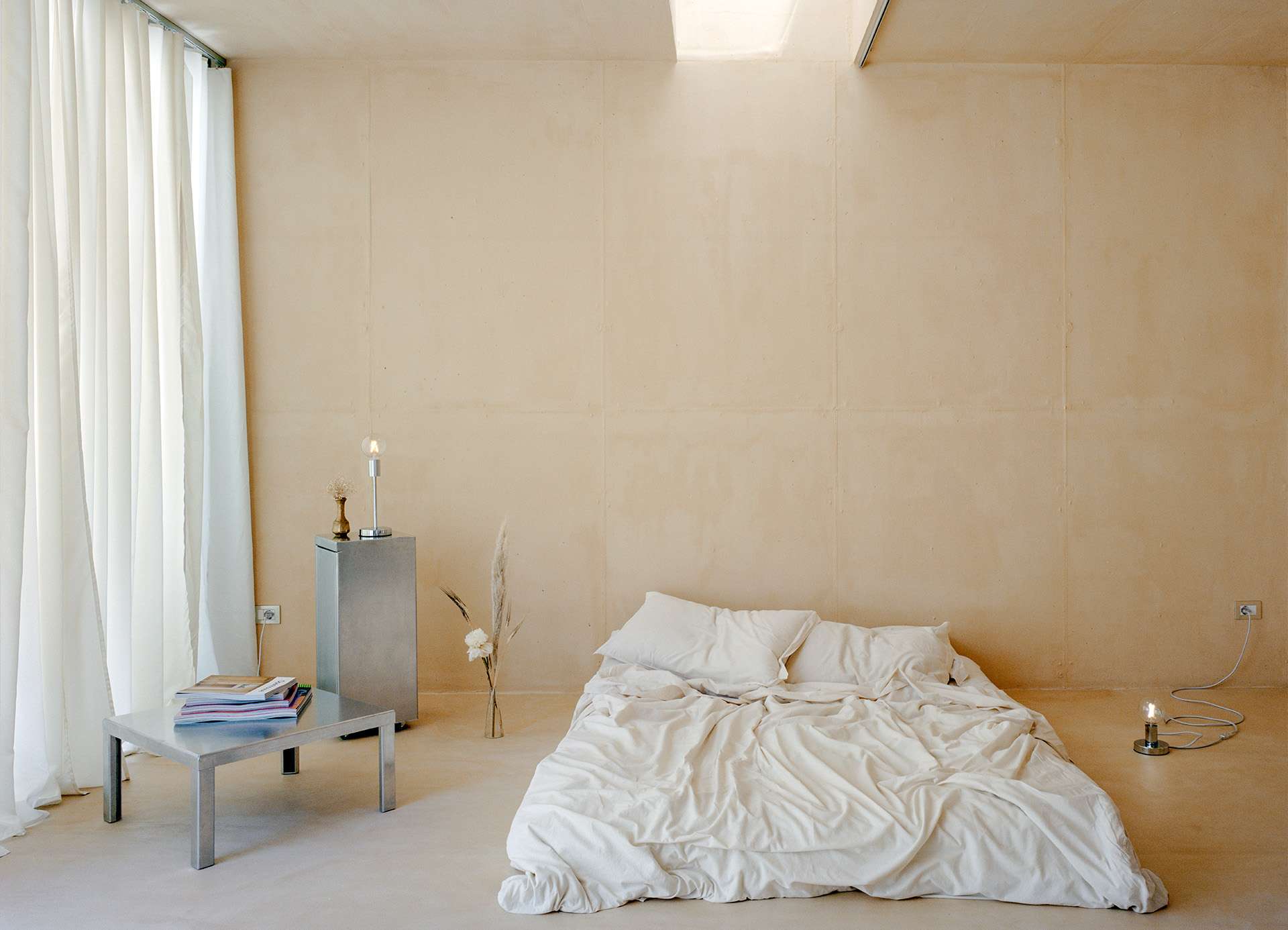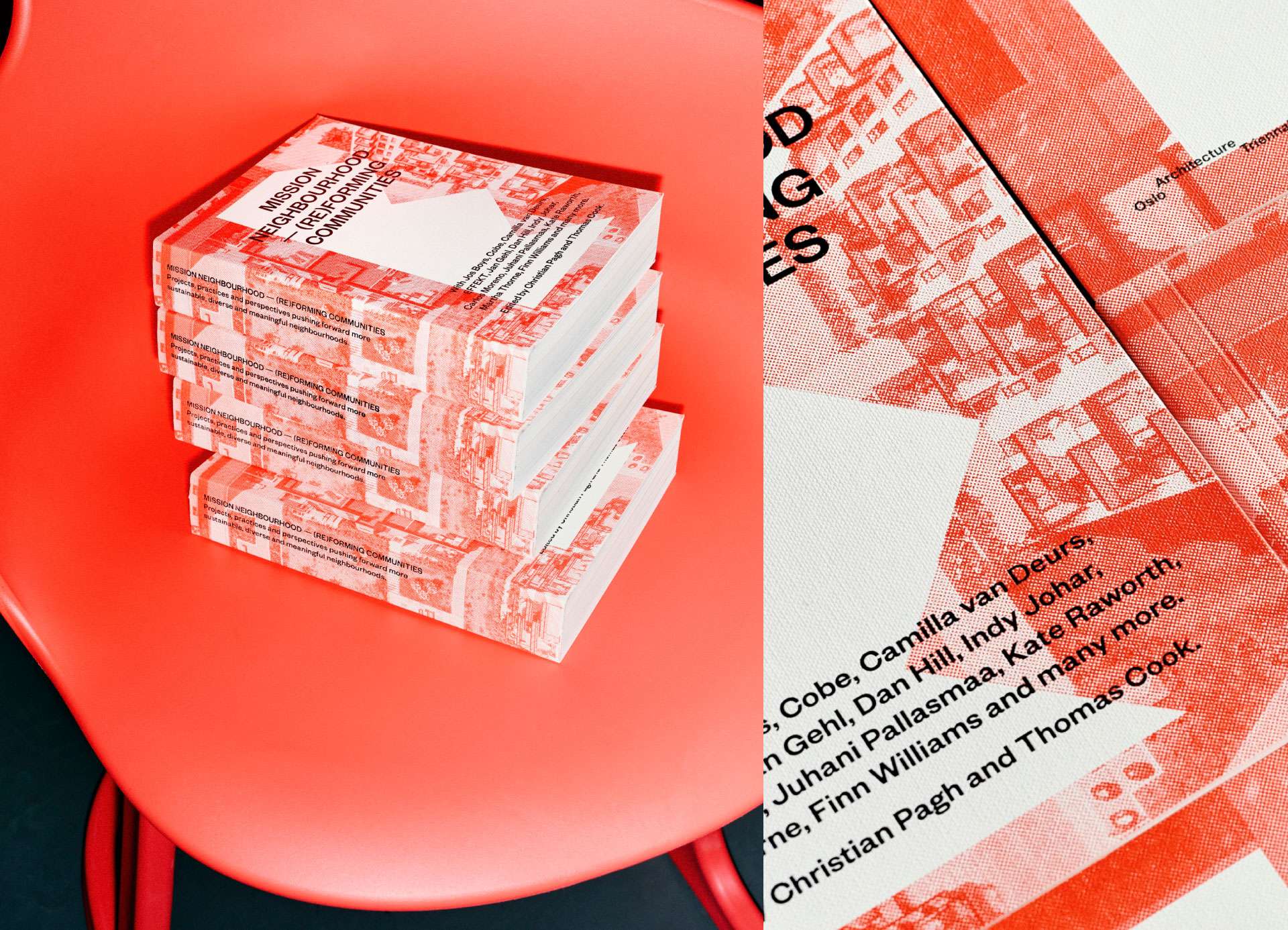Directed by Gjertrud Steinsvåg, ROM is a curious and unique space woven within the cultural fabric of the city of Oslo. Although the name stands for “gallery” or “room”, Gjertrud is quick to define this as an interdisciplinary platform for the development and dissemination of ideas which lie at the intersection of art and architecture. It is within this context, the framework of the Oslo Architecture Triennale and more specifically the Mission Neighbourhood theme of the Triennale, that we discuss the exhibition “Betraktninger = Observations, Dialogues and Actions” which takes the form of a collection of “perspectives rarely included in the public discussion” and whose “strength lies in how they subtly explore and raise questions and problems rather than offer tangible solutions.”
KOOZ ROM is a non-profit organization committed to promoting innovative art and architecture. Why focusing on these two disciplines and what kind of conversations does the organization seek to yield?
GS To answer this question, I feel as if I need to trace the term interdisciplinarity back to the core identity and operational approach of ROM as it was established in 2005 with the merging of two spaces, Galleri ROM (started in 1987) and Institutt for Romkunst (started in 1988). Whilst Galleri ROM was a very consolidated, yet experimental young architectural gallery, Institutt for Romkunst was a design and art gallery focused on spatial practices. The willingness to experiment and explore the development of our city and the role of public space through an interdisciplinary lens at the intersection of art and architecture has since been rooted in our program.
At ROM we aim to foster diverse conversations in and around the city, using the lenses of the arts to observe, record and analyse our urban landscape with a specific focus on the role of public spaces.
At ROM we aim to foster diverse conversations in and around the city, using the lenses of the arts to observe, record and analyse our urban landscape with a specific focus on the role of public spaces. We are very much focused on the co-creation and co-development of these ideas through continuous conversations with the artists, architects, and our team. Rather than pursuing our own curatorial agenda, we want to enable and empower curious, critical thinkers. Who is here defines what and who ROM is.
Rather than pursuing our own curatorial agenda, we want to enable and empower curious, critical thinkers.
KOOZ When discussing the project, you frequently refer to the space as a platform. How do you approach this definition and term?
GS I believe the term platform has a certain openness, flexibility and looseness embedded in it which is important for how ROM thinks and operates in collaboration with artists, architects, writers and researchers.
First and foremost, the term platform, differently from other words as for example “space” or “gallery”, allows us to constantly redefine our mediums and “output”, whether we are indeed hosting a physical exhibition or debate, or whether we are operating via urban interventions, podcasts and publications for which the physical space of ROM could also not be relevant. This looseness in formats is something which was greatly influenced by the pandemic, that forced us to develop alternative ways to continue to engage in meaningful cultural production.
This looseness in formats is something which was greatly influenced by the pandemic, that forced us to develop alternative ways to continue to engage in meaningful cultural production.
From a content perspective, beyond the spatial implications, we are also much more process-focused and use ROM as a platform for the discussion of ideas rather than as a gallery for the exhibition of finished pieces of art. To this end, I like to think that we operate with a “risk-oriented” method whereby the content and format which shape a body of work can differ every time and be developed in conversation with the artists and architects based on their agenda and ideas. We treasure the risks we can take as a smaller institution where roles, systems and rules are less defined.
Lastly, the term platform also enables us to talk about ROM as a space for the encounter of diverse disciplines and actors. In the specific case of the Oslo Architecture Triennale, ROM worked as an informal platform between the artistic and architecture community, the Master in Art and Public Spaces (MAPS) at Oslo National Academy of the Arts (KHiO) and the institution of the Triennale all came together.
KOOZ As part of the programme of the Oslo Architecture Triennale and its focus on neighbourhoods, ROM launched a call for projects which examined neighbourhoods in the broadest sense, seeking innovative solutions or interpretations of how we structure our immediate surroundings, both socially and physically. What prompted the open call as a method? What informed the selection of the exhibited projects?
GS Throughout the last couple of years ROM has been operating with the open-call format to the extent that this has now become a method we use to engage with the wider community of the city. Contrary to traditional open calls, which generally seek for finished projects and their associated budgets and defined plans, we seek ideas which touch upon undiscussed issues and offer our space and expertise as a platform where these thoughts can evolve.
Looking specifically at this open call, the brief was thematically directly linked to the Mission Neighbourhood agenda of the Oslo Triennale but was specifically centred around how the arts can react to and inform the reading and shaping of diverse neighbourhoods. Prior to receiving and reviewing all 60 submissions we had no idea of how this work was going to come together and this open-minded approach played a fundamental role in the selection of the final 8 works (out of the 16, the other 8 were developed in collaboration with the Master in Art and Public Spaces at The Oslo National Academy of the Arts) as these were chosen with the ambition of finding a logic throughout, and with the will of establishing a discourse amongst the individual works. Moreover, a defining factor in our choice was, once again, the ambition of ROM as a platform where to question ideas, in this specific case on the neighbourhood and the city, rather than to present complete propositions and buildings.
The brief was thematically directly linked to the Mission Neighbourhood agenda of the Oslo Triennale but was specifically centred around how the arts can react to and inform the reading and shaping of diverse neighbourhoods.
KOOZ To what extent do these artistic investigations contribute to a better understanding of the places we share and focus on the neighbourhood as a starting point for rethinking our cities?
GS I do not believe that every project is or should be a tool for the better development of a neighbourhood, but rather that the collection of works (both those of the open call and those developed with the students of the Master in Art and Public Spaces) can contribute to a different reflection and debate on the communities and neighbourhoods of Oslo in a manner which differs to the architecture exhibition at the Old Munch Museum. The works presented at “Betraktninger = Observations, Dialogues and Actions” are generous, sensitive and clear in their wish to push forward perspectives rarely included in the public discussion. Their strength lies in how they subtly explore and raise questions and problems rather than offer tangible solutions.
The works presented at “Betraktninger = Observations, Dialogues and Actions” are generous, sensitive and clear in their wish to push forward perspectives rarely included in the public discussion.
KOOZ How can these scenarios and works in progress be understood as research on the city of Oslo and, more specifically, the neighbourhoods and places from Maridalsveien to Stovner, Vålerenga and Gamlebyen, to Jeløya outside Moss? Is there space for their development after the Triennale?
GS The works presented within the exhibition exist both as research and ideas, something which became quite evident throughout the mounting of the exhibition when they continued to grow into other concepts, mediums and events. Their visual presentation within ROM gives a snapshot of the works in this moment in time and we are curious to see how they will develop during and after the Triennale, especially considering that some of the projects invite the public to actively participate in the process throughout the coming months.
Beyond the works exhibited in this enclosed space, there are several reflections scattered throughout the city which are staged in specific neighbourhoods and buildings, and which directly (and maybe more intimately) engage and respond to specific conditions. Directly outside ROM, “The Silen Folk, Raphanus” explores the potential of a small abandoned communal garden as an island for both the non-human caught in-between a wild patch of Land and the creation of a cultivated garden of radishes. A bit further out, works like “fluidfrictions”, a participatory knowledge production experiment, invite the public to explore ROM’s watery neighbour (Akerselva) seeking to uncover points of friction between the human and nonhuman whilst providing the basis to further investigate points of friction along the river.
KOOZ Since you collaborate extensively with the realms of academia, in particular with MAPS (KHiO), what do you think is the power and potential of academia as a space for the exploration of ideas in our contemporary cities?
GS We are very much interested in the views and knowledge that specific academic institutions hold, and in actively using ROM as a platform for the dissemination of this research and discussions, whilst contemporarily acting as an intermediary with other networks as the Triennale. As a platform which seeks to continuously foster and nurture diverse ideas in our urban environments and beyond, we very much depend on collaborations with both academic and institutional partners as we believe that the research and knowledge undertaken within these spaces is of pivotal importance. Depending on the conversation we seek to indulge in, we engage in diverse collaborations with a variety of research clusters within specific institutions.
In collaboration with our neighbours, we are very much interested in engaging and partnering with the municipality and use ROM as a platform where we can share and explore ideas around the future and potential that this neighbourhood holds.
KOOZ Going back to the gallery itself, how does this situate itself within the immediate community and neighbourhood of Maridalsveien as well as the larger context of Oslo? What are your ambitions for ROM as a platform for exchange on the city?
GS At a larger scale, through our open call, collaborations, and inclusive attitude we have a strong connection to Oslo and to the artistic and architecture community of the city. At the scale of this neighbourhood, which was a previously very industrial area, I feel as if today ROM lies in-between two active and defined spaces, whilst I struggle to find a point of contact with our immediate context which is not so cohesive and community driven. To this end, and in collaboration with our neighbours, we are very much interested in engaging and partnering with the municipality and use ROM as a platform where we can share and explore ideas around the future and potential that this neighbourhood holds. It is important for us to secure ROM as a platform for cultural production at both the scale of Maridalsveien 3 and for the wider city of Oslo.
Bio
ROM for kunst og arkitektur is an interdisciplinary meeting place for art, architecture and public space. It is an explorative and experimental platform, with main emphasis on exhibitions, film screenings, debates, lectures, text development and publishing. ROM facilitates production for in-depth practices and explorations by being a dynamic venue for an interdisciplinary milieu, and is an attractive collaborator for both established and independent practitioners and institutions as well as the freelancers, both locally, nationally and internationally.
Gjertrud Steinsvåg (b. 1978) has since 2019 been Director at ROM for kunst og arkitektur. She has previously been Director of international projects at Norwegian Crafts and Program Coordinator for the bachelor program medium and material-based art at the Oslo Academy of Arts. Steinsvåg has an educational background as an artist from Oslo Academy of Arts and Curatorial Practice, Bergen Academy of Art and Design.
Federica Zambeletti is the founder and managing director of KoozArch. She is an architect, researcher and digital curator whose interests lie at the intersection between art, architecture and regenerative practices. In 2015 Federica founded KoozArch with the ambition of creating a space where to research, explore and discuss architecture beyond the limits of its built form. Parallel to her work at KoozArch, Federica is Architect at the architecture studio UNA and researcher at the non-profit agency for change UNLESS where she is project manager of the research "Antarctic Resolution". Federica is an Architectural Association School of Architecture in London alumni.





